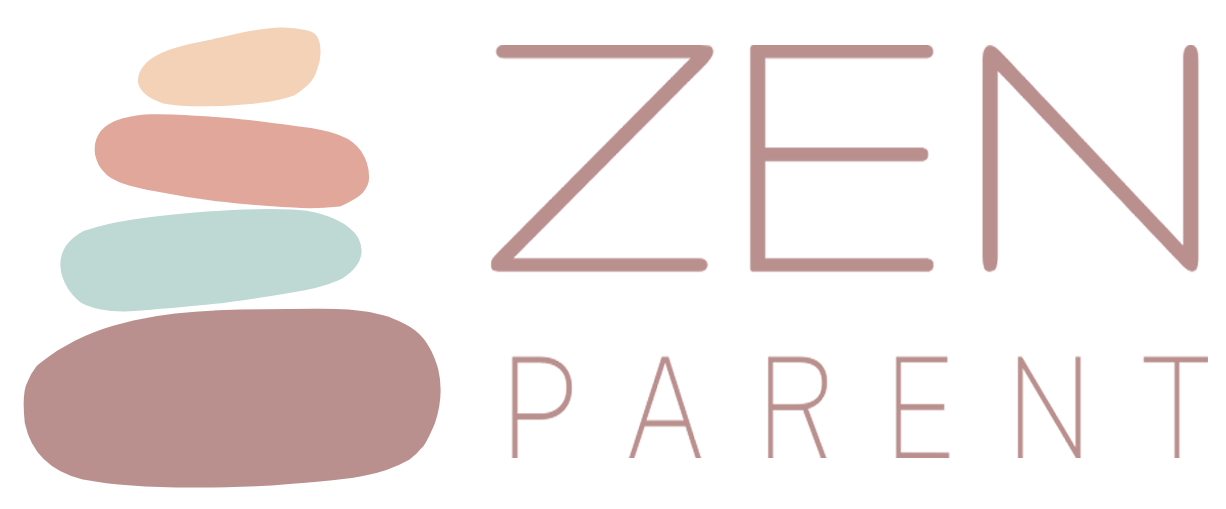Hits And Misses In Higher Ed
There's a wide range of college experiences out there. While some schools wrestle with serious issues, others attract thousands with their programs and campus life. Students face tough decisions, balancing risks and rewards. Let's begin by looking at the colleges at their complete institutional level that underperform and then shift to the ones where students are eager to enroll.
1. The University Of The District Of Columbia
Graduating in four years at UDC is rare, where only 13–14% of students manage to do it, and six-year rates are barely hitting 20%. Despite a decent 71% freshman retention rate, many students struggle to finish on time, which raises questions about its academic support versus why nearly 3,600 students still enroll.
2. Morris College
Morris College in South Carolina focuses on liberal arts, but with a tiny student body, networking and internships are scarce. The lack of strong employment data makes it unclear if students get solid job prospects, yet some still opt in, drawn by the close-knit community despite limited degree value.
 Morris College Feels Like Family by Morris College
Morris College Feels Like Family by Morris College
3. Chicago State University
Since 2016, Chicago State has lost about 35% of its students in enrollment. With a $5 million cut in federal grants and accreditation warnings over diminishing financial resources, it struggles to stay afloat. Still, hundreds enroll each year, perhaps unaware of the funding crisis threatening the school's stability.
 Chicago State University College Campus Tour by HBCU Culture
Chicago State University College Campus Tour by HBCU Culture
4. Everest College Network By Corinthian Colleges
Shut down in 2015, Everest was caught falsifying job placement numbers, costing students heavily in debt. The government later wiped out $5.8 billion in loans for former students, a rare move highlighting how damaging misrepresentation can be for students and institutions.
 Chain of Colleges Closing Leaves Students Confused by WAVY TV 10
Chain of Colleges Closing Leaves Students Confused by WAVY TV 10
5. Grambling State University
Graduates of this college start with an average salary of nearly $26,000, while degrees cost roughly $121,000. It takes about 4.6 years to break even financially, making Grambling a tough choice for students chasing economic security, but many still enroll, drawn by its history and culture.
 Clotee Pridgen Alloc… on Wikimedia
Clotee Pridgen Alloc… on Wikimedia
6. Bennett College
Bennett raised nearly $10 million to prove financial health, yet accreditation was revoked due to financial stability concerns and was temporarily reinstated. Even with uncertainty looming, loyal students remain, hoping this North Carolina school can bounce back despite ongoing doubts about its future.
7. Independence University
Graduates of this Utah-based online institution earn only around $27,000, falling short of promises, while inflated job placement stats misled many. Student loan defaults are high, yet enrollment persists, which reveals the gap between marketing claims and reality.
 Independence University TV commercial 2019 by Lamart888
Independence University TV commercial 2019 by Lamart888
8. Florida Memorial University
At 13.2%, its loan default rate exceeds many peers, with 68% of students relying on federal loans. This financial burden hints at post-graduation hardships, making the university a risky investment for hopeful students who sign up.
9. Colorado Technical University
With a student-to-faculty ratio of 31:1 and a 17% graduation rate, it suggests that its rapid growth and flexible learning model may be accompanied by challenges in providing personalized academic support. Despite this, it attracts students seeking flexible or online options.
 U.S. Space Force image by Audrey Jensen on Wikimedia
U.S. Space Force image by Audrey Jensen on Wikimedia
10. The Art Institute Of Phoenix
Facing fraud allegations over tuition and recruitment, the school closed after losing accreditation. Here, you find a collapse that is a cautionary tale, but some students enrolled beforehand, drawn by its creative programs without knowing what lay ahead.
 Art Institute of Phoenix closing by ABC15 Arizona
Art Institute of Phoenix closing by ABC15 Arizona
Now that we've covered the flops, it's time to discover the colleges that students really chase after. Some might already be on your list.
1. Harvard University
Harvard's 3.6% acceptance rate for the Class of 2028 reflects intense demand. Its $50.7 billion endowment supports research. Alumni include eight U.S. presidents. Founded in 1636, it ranks in the top 5 globally. Graduates average $85,000 starting salaries, making it the most flocked-to Ivy for prestige and post-grad ROI.
2. University Of California, Berkeley
Berkeley's 76% four-year graduation rate underscores its academic intensity. The school has produced 83 Nobel laureates and supports over 1,200 student organizations. STEM majors and politically active students are drawn here. Its engineering and environmental programs rank in the top 3 in the U.S.
3. New York University
With 24% of students outside the U.S., NYU's global appeal is undeniable. Tisch and Stern attract creatives and business majors alike. Students have direct access to Wall Street, Broadway, and media hubs. The average student loan debt hovers at $32,000, which is high but rarely a deterrent for those banking on NYC exposure.
 Jean-Christophe BENOIST on Wikimedia
Jean-Christophe BENOIST on Wikimedia
4. Stanford University
Around 70% of students receive aid at Stanford. Alumni have launched over 39,900 companies, including Google and Netflix. Its location in California places students next door to tech giants, which draws in entrepreneurial minds eager to pivot straight from dorm room to venture capital.
5. University Of Florida
With in-state tuition at a fraction of private college costs, UF draws over 54,000 students. The six-year graduation rate sits at 92%. Graduates are reported to earn a starting salary of around $42,600. Its real estate major ranks #8 nationally, and Gators benefit from one of the strongest alumni networks in the Southeast.
 DouglasGreen~commonswiki on Wikimedia
DouglasGreen~commonswiki on Wikimedia
6. University Of Michigan In Ann Arbor
UM-Ann Arbor spends $2.04 billion on research annually—the highest of any public university in the United States. Its 73% four-year graduation rate and 31 Division I sports teams attract scholars as well as athletes. Graduates' median starting salary is $74,400, so students are eager to align with serious academic firepower.
7. Columbia University
Journalism school in Columbia helped define American media education, and its programs regularly produce Pulitzer winners. International students make up 40% of the 33,000+ enrolled. Located in Manhattan, it offers direct access to global finance, policy, and art hubs. An endowment of $13.6 billion supports competitive scholarships.
8. University Of California, Los Angeles
With 92.6% of students graduating on time and over 95% receiving financial aid, UCLA provides accessibility. Its medical and film schools consistently rank in the U.S. top 5. Events across the arts, health sciences, and tech keep the 45,000+ diverse enrollees engaged and visible.
 Coolcaesar at English Wikipedia on Wikimedia
Coolcaesar at English Wikipedia on Wikimedia
9. Northeastern University
Northeastern University’s co-op program mandates six months of full-time paid work. With 3,800+ global employer partners and a 96% post-grad employment rate within 9 months, it appeals to career-focused students. Located in Boston, its student body values hands-on experience as much as GPA.
10. Massachusetts Institute Of Technology
MIT grads contribute over $2 trillion annually to the global economy. Substantial financial aid offsets the 85% four-year graduation rate and $62,484 tuition. It has produced 98 Nobel laureates. Students focus on economics and sciences that include advanced technology.


















